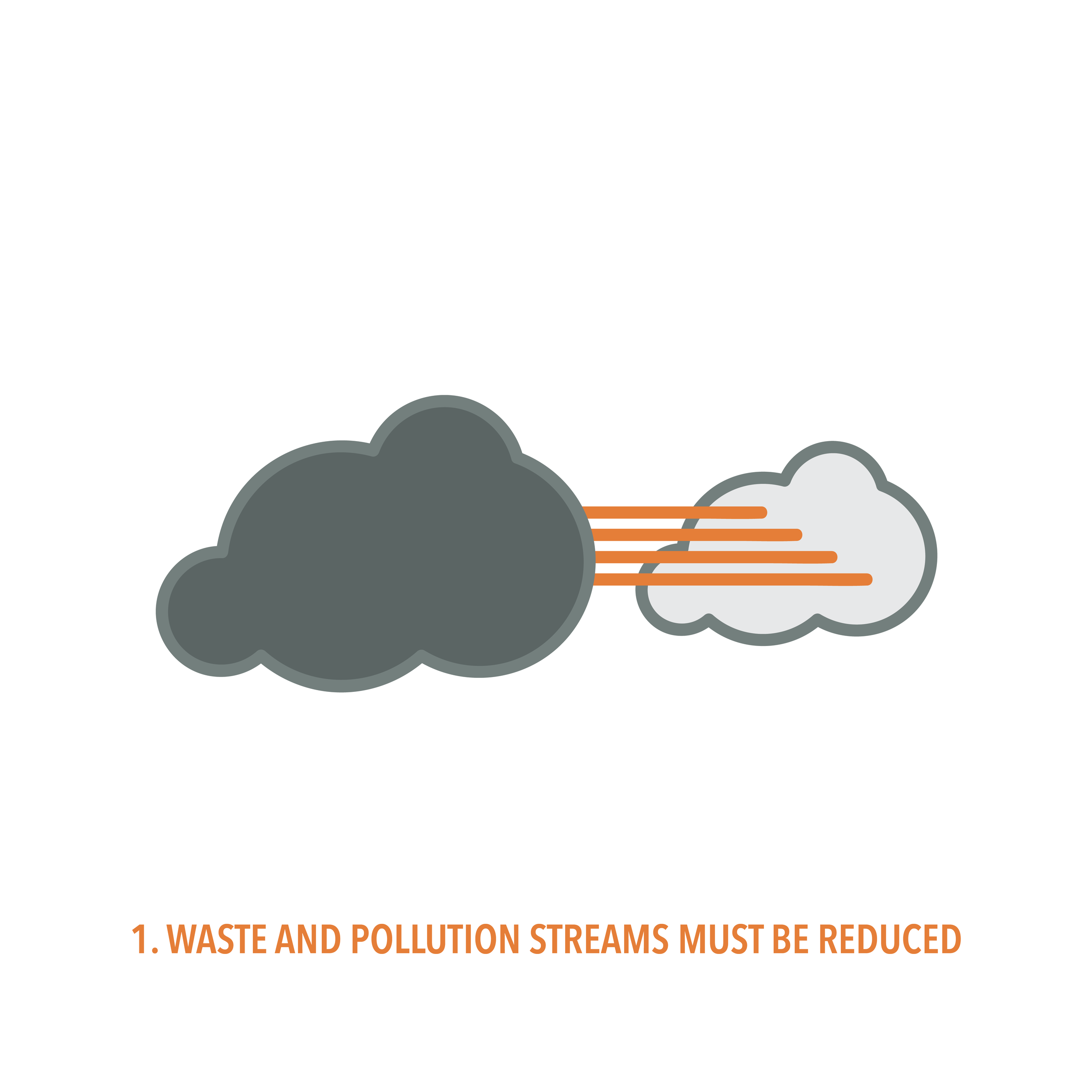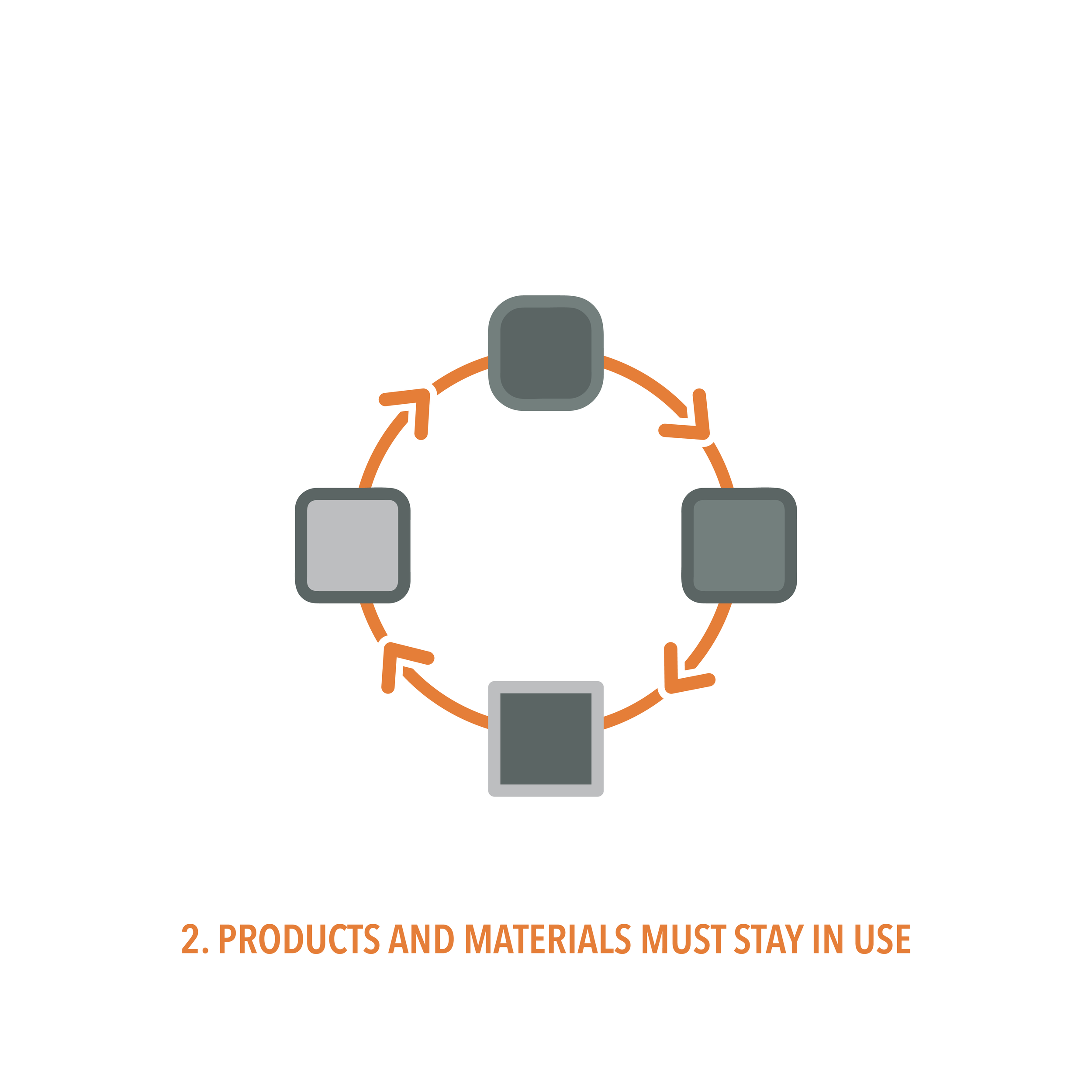At OSB, we are always thinking of ways we can empower companies, large and small, to integrate environmentally-conscious practices into their existing business models, without compromising market performance. We recognize that, in the corporate sector, industries struggle to unveil the impacts of their business practices for the seemingly intangible interest of the planet.
One of the many ways that companies can reframe their business practices to reduce their negative social & environmental impacts is by determining their economic circularity. The World Business Council for Sustainable Development defines a circular economy as “an economic model that is regenerative by design” (WBCSD). This essentially just means consciously focusing on sustainable practices in business. "The circular economy gives us the tools to tackle climate change and biodiversity loss together while addressing important social needs" (Ellen MacArthur Foundation) The council asserts that a circular economy exists on these three pillars:
There is no large corporation on this planet that can claim a perfectly circular economy. Even if there is a regenerative end-of-life plan for the product or service, these companies must consider how things like transportation, repair, and advertising of the product create streams of waste.
Even still, every company can make efforts to improve its circularity by being objective towards its contributions to the traditional, linear model. A linear economy neglects to consider waste streams put out by the corporation, placing value solely on financial profit (Impacx). Impacts (humanitarian, social, or environmental) in the system that do not negatively affect profit are not considered in this model.
Corporations tend to get stuck in the linear framework because it asks less of them, the only variable to assess is financial. One of the challenges of transitioning out of a linear economy is the difficulty of executing, visualizing and interpreting data.
Choosing to implement a circular economy has benefits for corporations beyond riding the consumer-driven sustainability bandwagon. It can improve ESG (environmental, social, governance) metrics, which measure financial performance. High ESG ratings attract investors because these companies tend to outperform market competitors (McKinsey, Harvard Business School). In addition, the rising costs of raw materials and new regulations implemented to protect from over-extraction means reuse of materials can prove financially beneficial (McKinsey,).
A rise of independent data services that quantify corporate impact on the environment, such as Worldwide Benchmarking Alliance and Circular Transition Indicators, brings hope that companies will feel more empowered to have a regenerative, less detrimental economic model.
Patagonia is an example of a large company that prioritizes eco-conscious business practices. In fact, they prove that economic circularity isn’t just a numbers game. In addition to financial profit, working toward this goal can bolster brand perception and the company’s relationship with its consumers. In the next blog, we will dive deeper into the Patagonia brand, which has been advocating for environmental protection for over 50 years (Patagonia’s history).
Writing by Nia-Simone Eccleston, Design Strategist Apprentice. Illustrations and graphics by Hannah Ranieri, Design Strategist, and Sophie Becker, Design Innovation Strategist.









